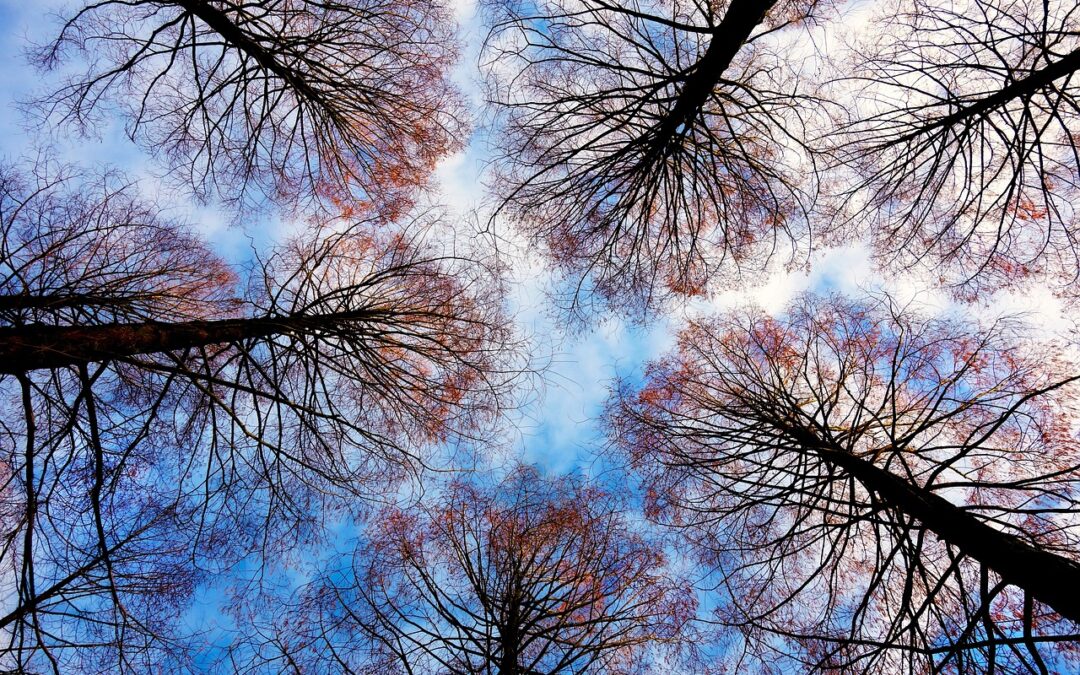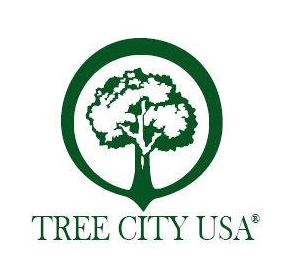
Summer Tree Maintenance: Protecting Trees from Heat and Drought
Summer Tree Maintenance – Summer’s arrival brings longer days, warmer temperatures, and the vibrant greenery of nature in full swing. However, the season’s heat and potential drought present unique challenges for trees. Mature trees and young saplings alike require thoughtful care to ensure they not only survive but thrive under the summer sun. This guide will walk you through essential summer tree maintenance practices, highlighting the importance of proactive care to protect your trees from the stresses of heat and drought.
Understanding Summer Stress on Trees
Before delving into maintenance strategies, it’s crucial to understand how summer conditions affect trees. High temperatures and insufficient rainfall can lead to water stress, making it difficult for trees to maintain necessary hydration for photosynthesis and nutrient transport. Additionally, prolonged heat and dry conditions can weaken trees, making them more susceptible to pests, diseases, and environmental damage.
Watering: The Lifeline in Summer Heat
Watering is perhaps the most critical component of summer tree care. The goal is to mimic natural rainfall patterns to ensure deep water penetration, encouraging strong root growth. Here are some watering tips to keep in mind:
- Deep Watering: Shallow watering often doesn’t reach the deeper roots. Use a soaker hose or drip irrigation to deliver water slowly, allowing it to penetrate deeply into the soil.
- Morning Watering: Watering in the early morning minimizes evaporation and allows moisture to reach the roots before the heat of the day.
- Mulching: Applying a 2-3 inch layer of organic mulch around the base of the tree (while avoiding direct contact with the trunk) helps retain soil moisture, regulate soil temperature, and reduce weed competition.
Pruning: Timing and Technique
Summer pruning should be approached with caution, focusing on removing dead or diseased limbs that could pose a hazard or sap energy from the tree. Here are some considerations for summer pruning:
- Selective Pruning: Limit pruning to dead, diseased, or broken branches. Extensive pruning can stress the tree during a season when it needs all its energy for growth and health.
- Pest Management: Some pests are more active in summer. Inspect the tree for signs of infestation, and consult a professional if treatment is necessary.
Fertilization: To Feed or Not to Feed?
Fertilizing trees in the summer can be beneficial, but it must be done with care. Over-fertilization or using the wrong type of fertilizer can cause more harm than good, especially during drought conditions. Here’s how to approach summer fertilization:
- Soil Testing: Conduct a soil test to determine the specific nutrient needs of your trees. This will inform the type of fertilizer you should use, if any.
- Slow-release Fertilizers: Opt for slow-release, low-nitrogen fertilizers that won’t push too much growth during the stressful summer months.
Mulching: A Simple Yet Effective Strategy
Mulching serves multiple purposes in the summer tree care regimen. Beyond moisture retention, mulch helps suppress weeds, keeps soil temperatures stable, and adds organic matter to the soil as it decomposes. Remember to keep mulch a few inches away from the tree trunk to prevent moisture buildup and potential rot.
Pest and Disease Management
Summer can be a peak time for pests and diseases, which are more likely to attack stressed or weakened trees. Regular monitoring is essential for early detection and management. Integrated Pest Management (IPM) strategies, focusing on the most environmentally sensitive solutions, are recommended for addressing any issues that arise.
Tree Health Monitoring
Throughout the summer, keep a close eye on your trees for signs of stress, such as wilting leaves, discoloration, or premature leaf drop. Early detection of these symptoms allows for quicker interventions to mitigate stress factors.
Young Tree Care
Young trees are particularly vulnerable to summer stress and require extra attention. Ensure they are adequately watered, protected from mechanical damage (like lawn mowers and trimmers), and supported with stakes if necessary. A proper start in their early years sets the stage for a lifetime of health and vigor.
Preparing for Extreme Conditions
In regions prone to extreme heat or drought, consider choosing drought-resistant tree species that are better adapted to handle the conditions. Additionally, implementing water-conservation practices in your garden, such as rainwater harvesting or using gray water for irrigation, can help ensure your trees receive the moisture they need during dry spells.
Conclusion: A Commitment to Summer Tree Care
Protecting your trees from the heat and drought of summer is a testament to your commitment to the environment and the well-being of your landscape. By following these essential summer tree care practices, you can help ensure that your trees remain healthy, strong, and beautiful, even in the face of summer’s challenges. Water wisely, prune properly, and keep a vigilant eye on the health of your trees. Remember, the care you provide today will help secure the shade, beauty, and environmental benefits of your trees for many summers to come.


